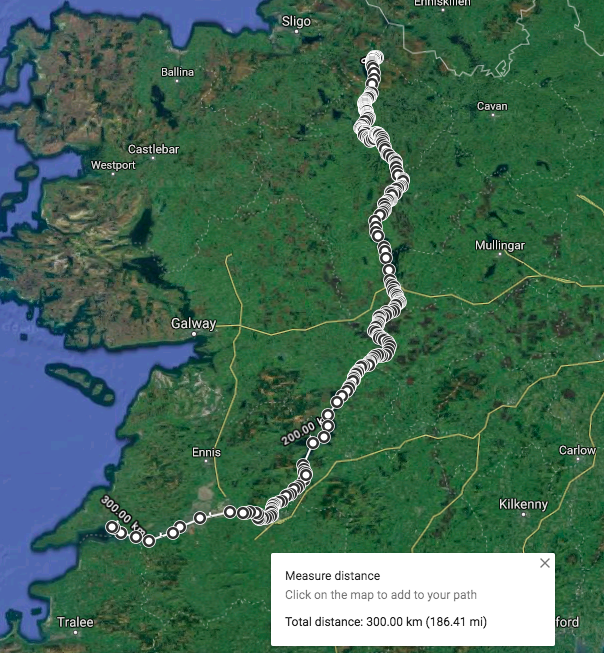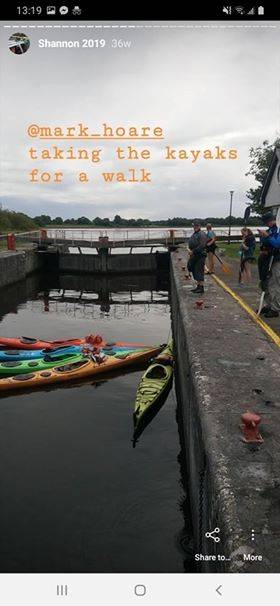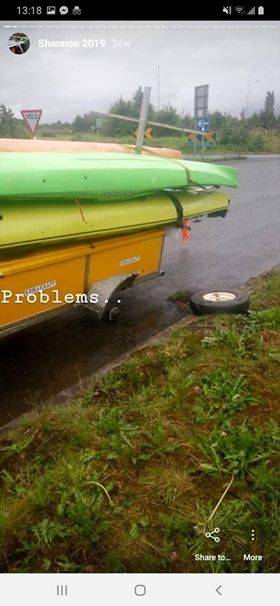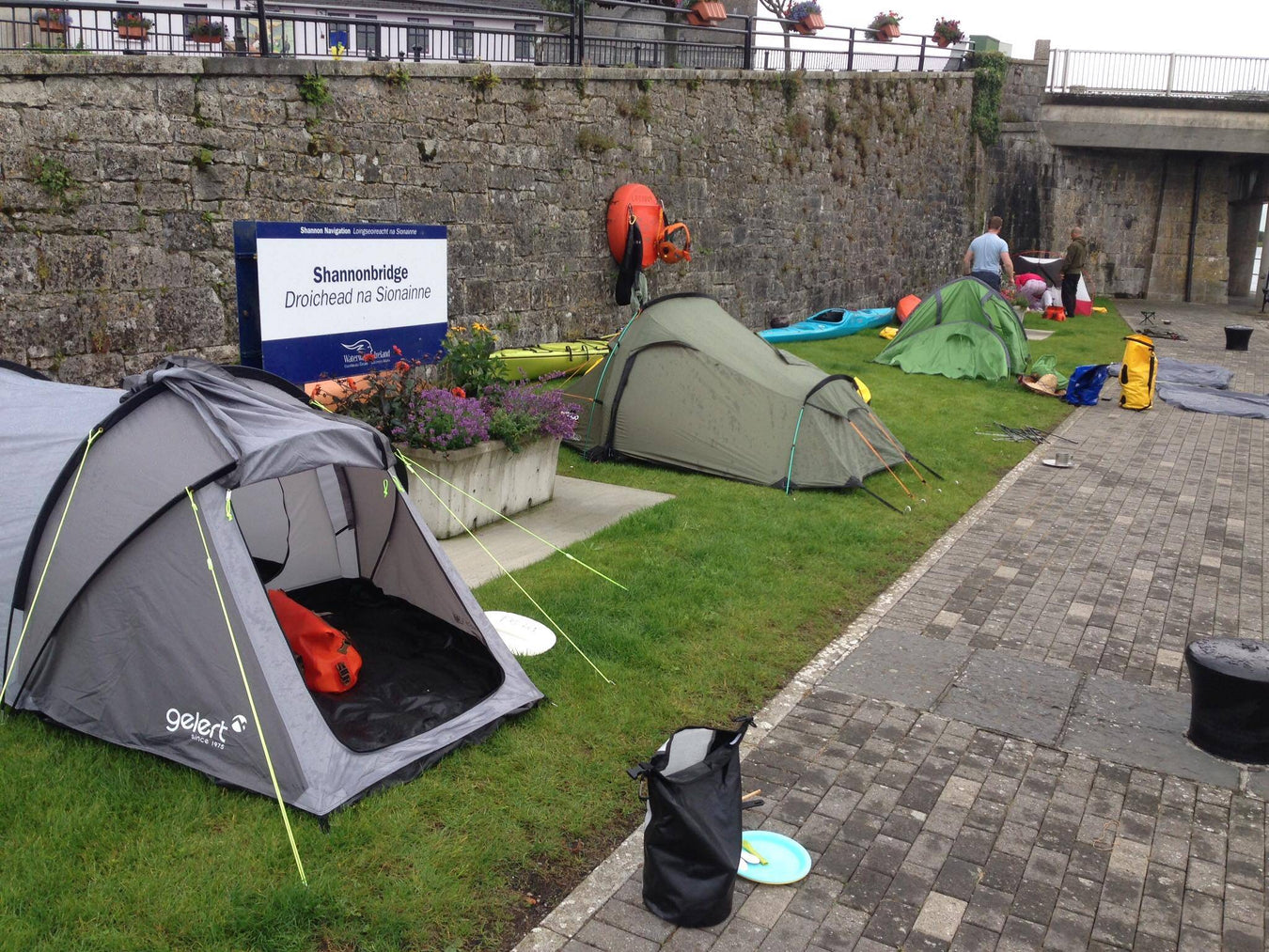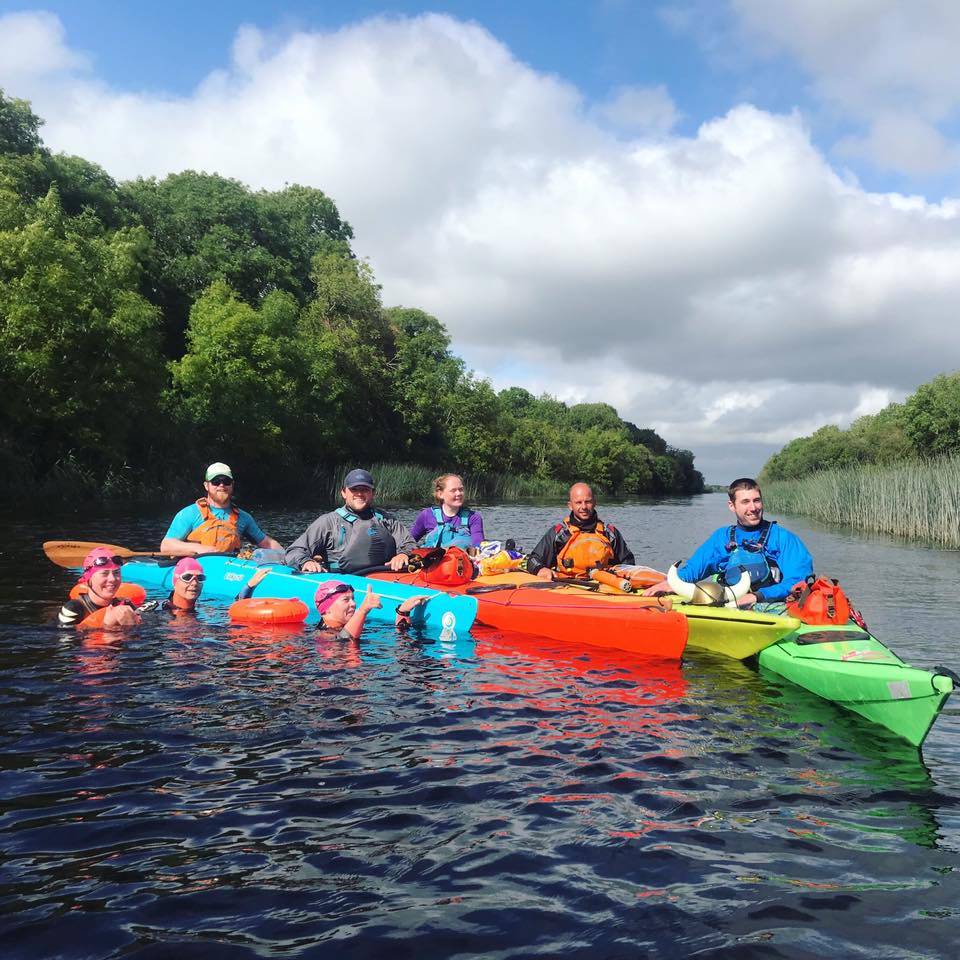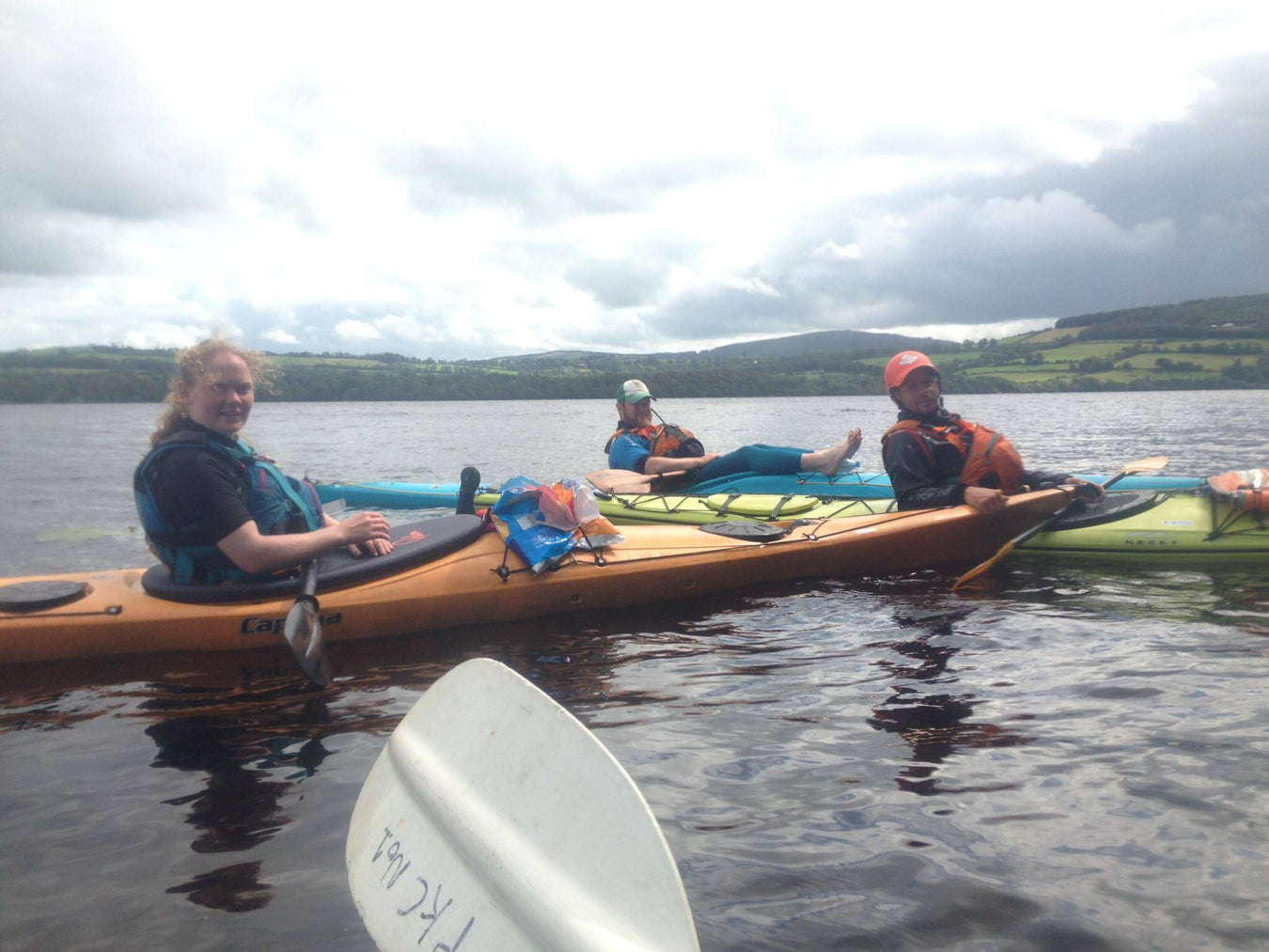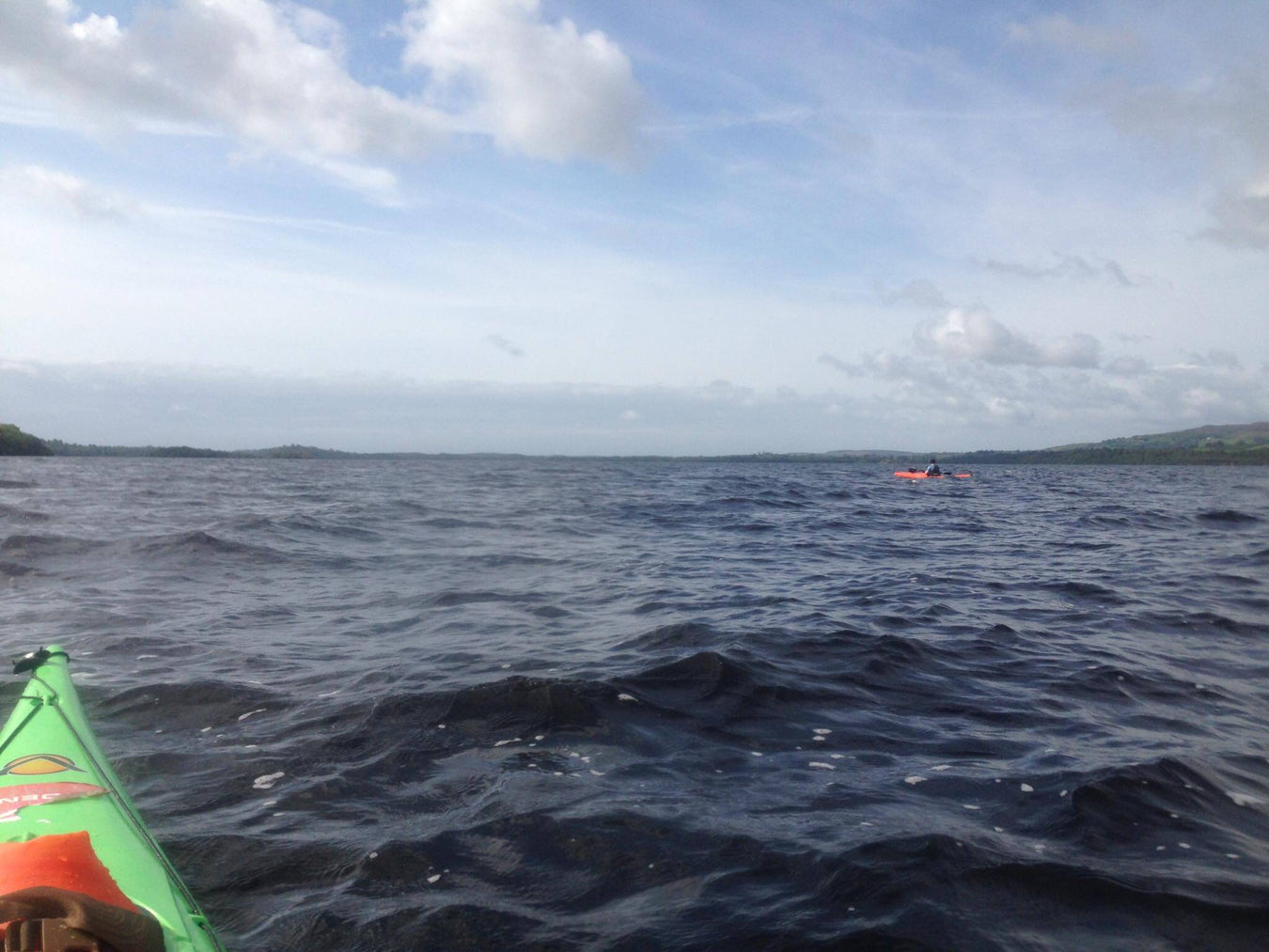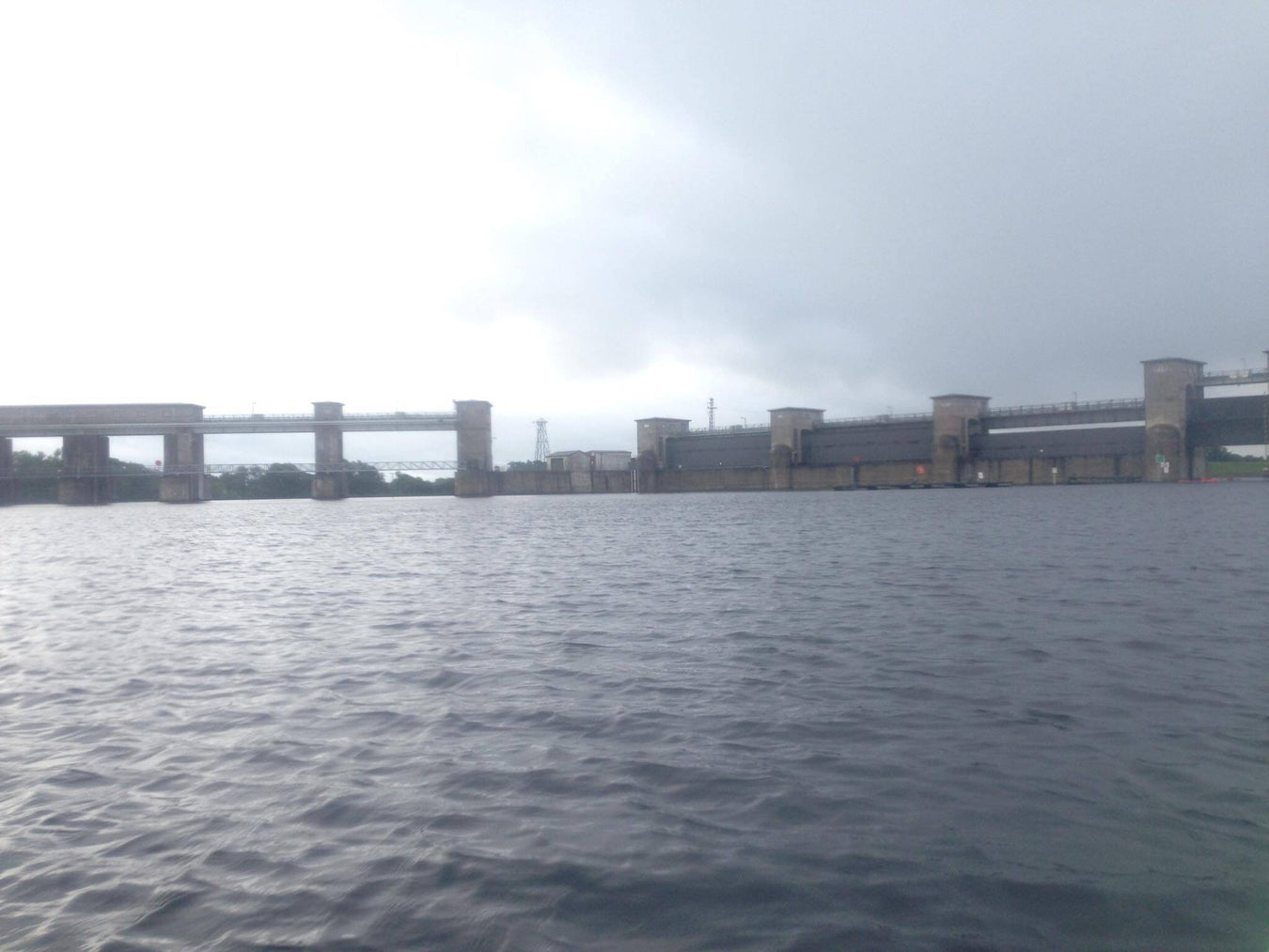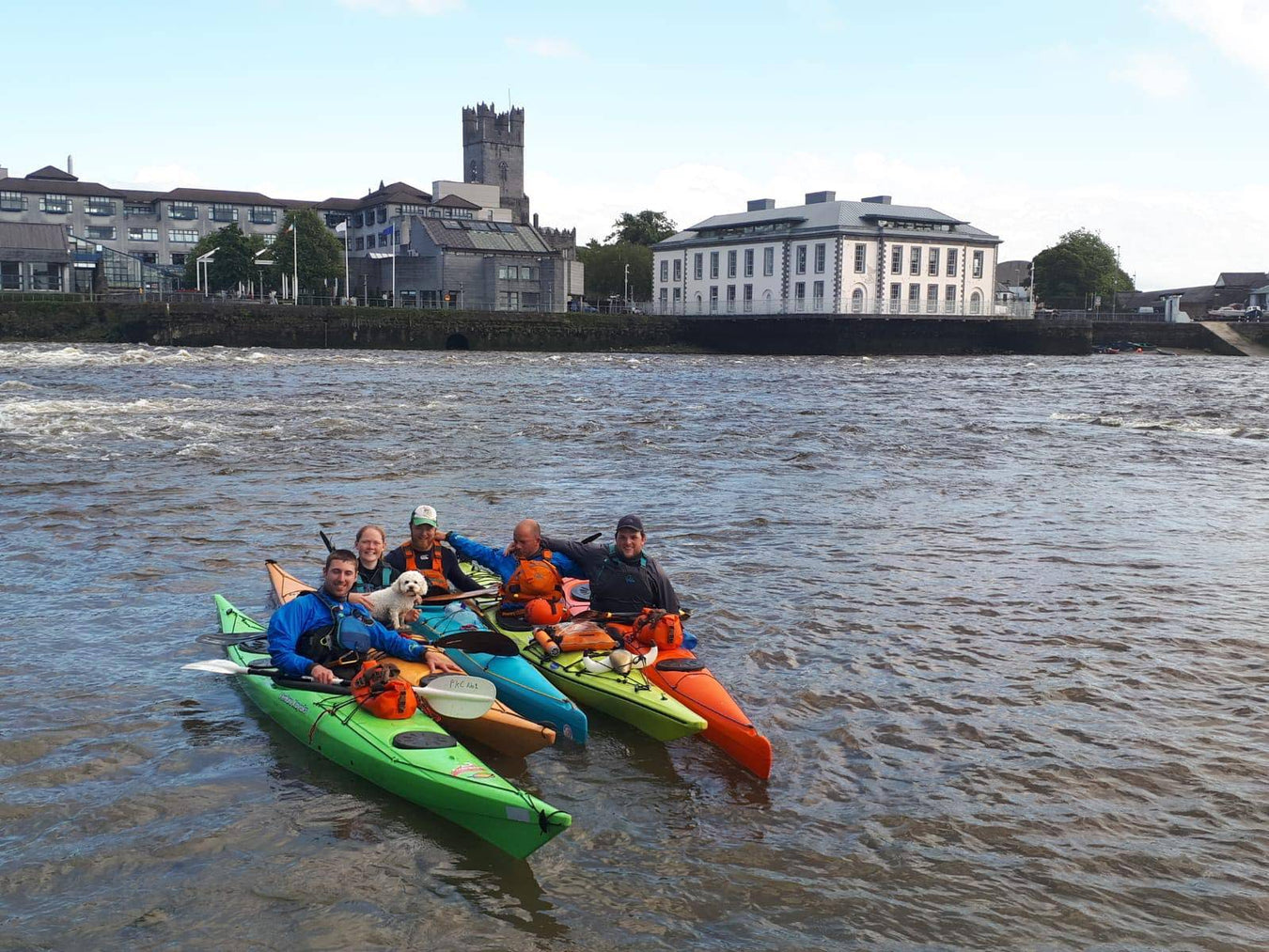I will split this blog into two sections. Section 1 will be the story of our Shannon paddle and what we encountered, and section 2 will be about the gear I used and my recommendations.
When it comes to any expedition, the key to success is in the planning. Having the knowledge of whats happening in advance means that you can be flexible should the plan have to change.
In the planning stages, the first thing to look at is the total distance of the trip and how long you are willing to paddle each day. The true source of the Shannon is a point called the Shannon Pot, located in the North West tip of County Cavan. A start here is extremely impractical as you would need to walk the first 4Kms to reach float-able water as it is basically a dry river bed. Due to this, we deemed the first town that the river flowed through as a more traditional starting point. This town being Dowra, Co. Cavan.
Our original plan was 300Kms over the course of 8 days, but closer to the expedition we shortened that to 235Kms as we had found that it was harder to select a time in the summer where we were all available, as well as it being extremely difficult to get off the sea at Loop Head Lighthouse due to the sizeable cliffs. This resulted in the finish line for our trip being Curragower river wave, Limerick City. The furthest inland point on the river that is effected by the tide. This also meant that we needed to average 43Kms a day to finish in our 5 and a half day deadline.

